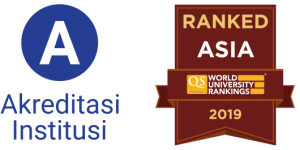Post-Disaster Housing in Yogyakarta, Indonesia Resource Mobilization for Shelter Rehabilitation and Reconstruction
Wiryono Raharjo
Indonesia, the largest archipelago in the world comprises (officially) over 13,000 islands, spreading between mainland Asia and Australian continent. Among these islands, Java is the fifth largest and the most urbanized. The island comprises four provinces, namely West Java, Central Java, East Java, and the Special Province of Yogyakarta.
The family planning programme orchestrated by Suharto administration in the 1970s is rarely discussed by the later governments. Many couples tend to have over two children, which contradicts the popular slogan of Suharto’s family planning programme: “two is enough”. Such situation presumably contributes to the rapid growth of population that reached 217.6 million in 2005 of which 50.1% are female. Life expectancy of women (60 years) was slightly higher than men (58 years) in 2004. Both numbers have been in- creasing, which certainly adds to the growing population. It also indicates better health conditions, despite the emergence of new diseases, such as avian flu and the traditional dengue fever. Migration is significantly high, particularly in the large urbanized cities like Jakarta, which currently has around 12 million inhabitants.
Since the fall of New Order administration, the economic situation of Indonesia has been characterized by dynamic changes particularly influ- enced by the gradual rise of oil price. Current GNP per capita is USD 257.6 billion with 5.1% growth, relatively very low compare to the average East Asian figure (USD 2650.9 billion). The Gross National Income per capita (GNI) is USD 1,140, slightly lower than the average East Asian countries of USD 1,496 per annum.
Sumber:
https://drive.google.com/file/d/1E9XnFl_JPf9bcDgJR1D6v6qjkSVH8RQ4/view?usp=sharing

